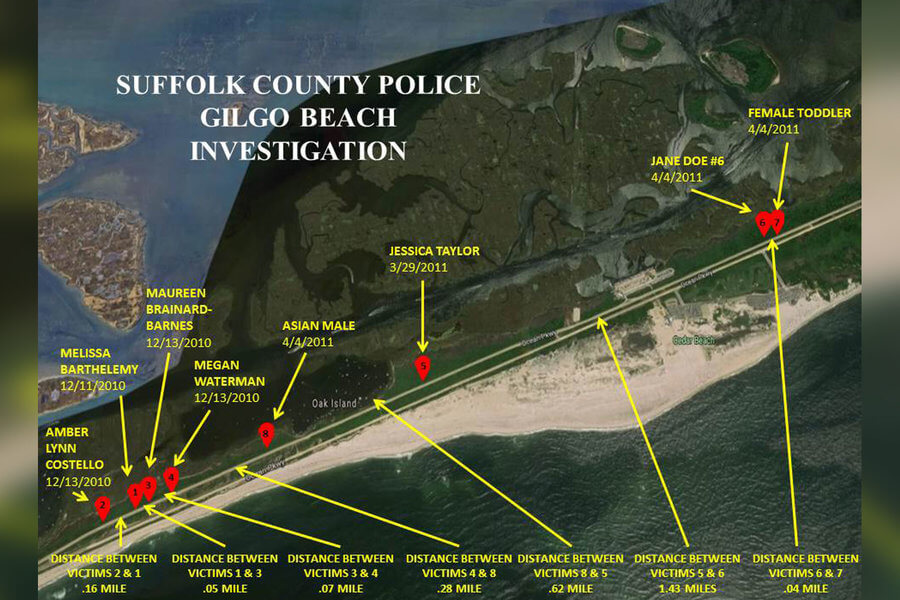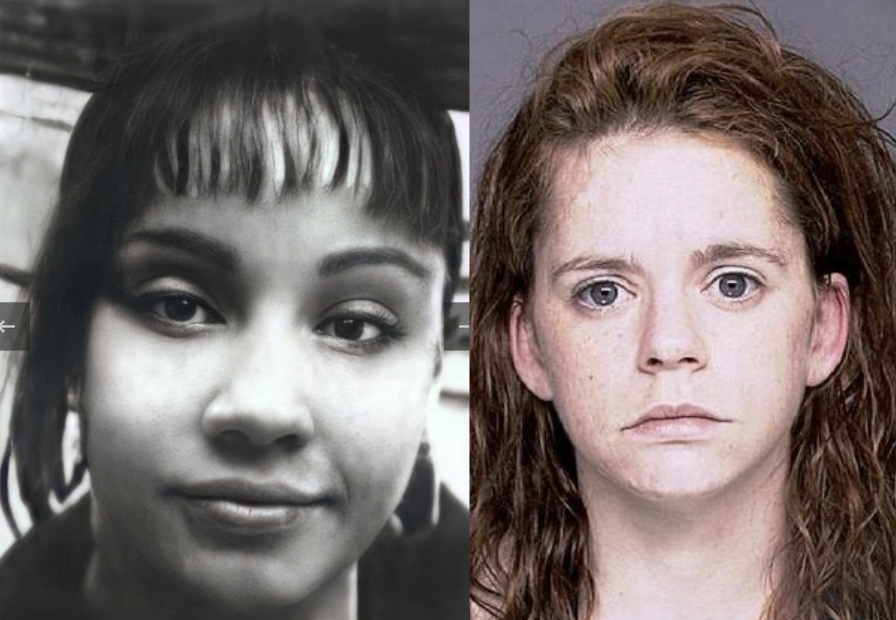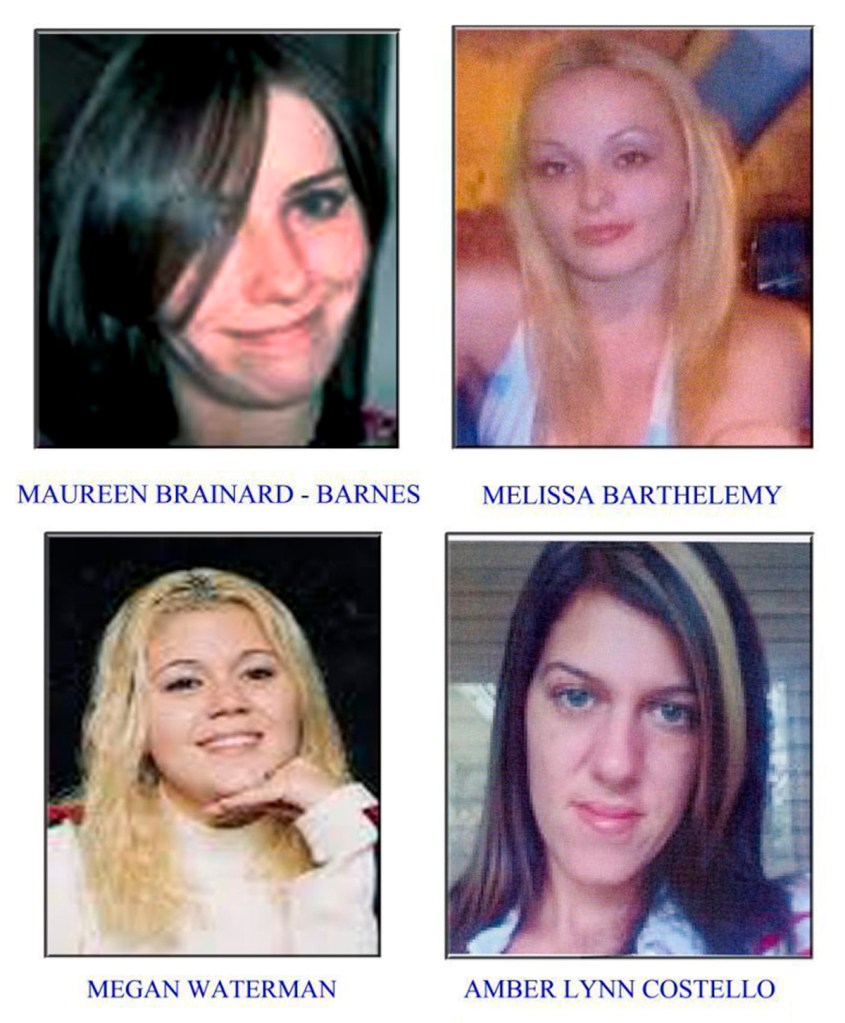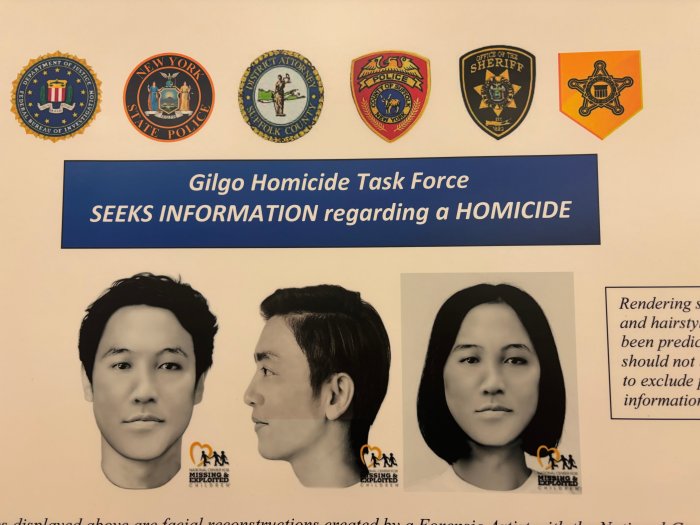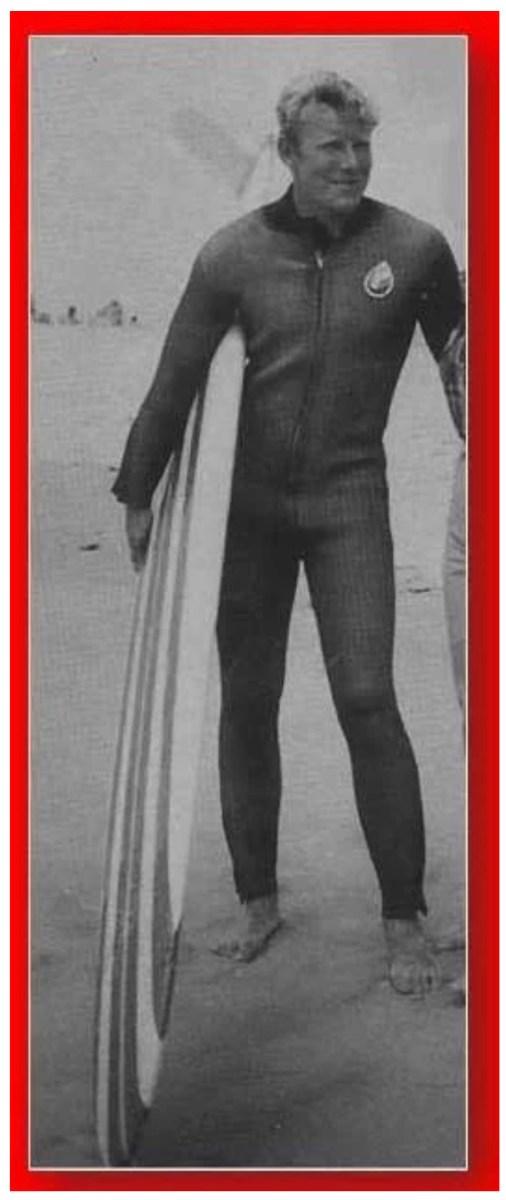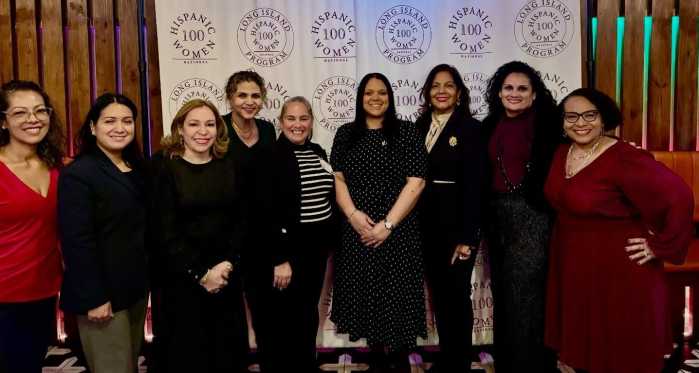Rex Heuermann, the Gilgo Beach serial killer suspect charged with murdering six women over the past three decades, appeared in court Wednesday, where it was announced a hearing will be held to determine the admissibility of some DNA evidence in court.
Heuermann appeared stoic, with perhaps the occasional smirk, as he stood next to his attorney Michael Brown before Suffolk County Judge Timothy Mazzei. Suffolk County District Attorney Raymond Tierney, who is personally trying the case, said that almost all of the evidence obtained from Heuermann’s digital devices has been turned over to the defense, and they anticipated the rest of discovery should be turned over by December, when Heuermann is due back in court next. Brown indicated that he would hold off on filing any motions before then, but both the defense and the prosecution agreed to have a hearing to determine the admissibility of certain DNA evidence in the case.
“I would suggest, based on my review of the evidence, that the DNA is the strongest piece of evidence they have in this case,” Brown told reporters after the hearing. “The judge is going to have to decide whether or not, in the scientific community, this is acceptable. The crime lab in Suffolk County indicated, not just in their paperwork, but under oath to a grand jury that these hairs that we’re talking about were unsuitable for DNA nuclear analysis, very important. Mitochondrial and nuclear are two different animals. The mitochondrial DNA that was presented early on in this case, when I say early on, post arraignment, the statistics were very unconvincing. The amount of donors just here in Suffolk County that could potentially be contributors to that DNA, they exceed thousands. So that’s unconvincing, and that’s just limiting it to Suffolk County. Get Long Island, get the Metropolitan areas, get the rest of the United States. After we spoke about that numerous times, we then were told that, magically, this company from the West Coast, we now have nuclear DNA.”
Both mitochondrial DNA and nuclear DNA testing in the case have linked Heuermann to the victims in the case, via hair found on them allegedly belonging to him or to his family members. Mitochondrial DNA testing is only able to rule out a percentage of the human population, while nuclear DNA testing is more linear, and able to identify specific individuals it belongs to with a higher statistical amount of the population ruled out.
Tierney did not appear concerned that such a hearing threatens their case.
“It’s a preliminary evidentiary hearing to decide whether or not the technology used in the case, and specifically talking about the DNA, whether it’s generally accepted in the scientific community, and it’s reliable and therefore can be presented to the jury,” Tierney said. “In this case, we have SDR, short tandem repeats that has been litigated in Suffolk County in New York State and found to be admissible. We have mitochondrial DNA that has, likewise, been litigated and found admissible. Now we have this SNP DNA, which is a issue of first impression for New York State. So we’ll have to go through that.”
Brown continues to assert that there are better suspects in the Gilgo case than Heuermann, but has not mentioned names, saying he is saving them for court.
Heuermann, the 60-year-old architect from Massapequa Park has pleaded not guilty to the murders of four women known as the Gilgo Four found dead in 2010, a woman whose remains were scattered near Gilgo and in Manorville, and a woman found in the Hamptons in 1993.
Heuermann has been held without bail at Suffolk County jail in Riverhead since he was arrested near his Manhattan office in July 2023, when he was charged with killing Megan Waterman, Amber Lynn Costello, and Melissa Barthelemy. In January, he was charged with the murder of the fourth Gilgo victim, Maureen Brainard-Barnes.
The Suffolk grand jury that indicted the suspect in those cases additionally indicted him in June on charges of murdering Jessica Taylor and Sandra Castilla. Taylor’s dismembered remains were found in Manorville in July 2003 and her skull and limbs were found near Cedar Beach in 2010 during an expanded search of the Gilgo sparked by the discovery of the Gilgo Four. Castilla was found brutally stabbed in a wooded area in North Sea near Sag Harbor 31 years ago.
Tierney has said the Gilgo Beach Homicide Investigation Task Force is continuing to examine evidence in the murders of five other victims found dead in the Gilgo area. Tierney has said Heuermann is the prime suspect in the murder of Valerie Mack, whose remains were also found in Manorville in 2000 and near Gilgo in 2010.
Last month, investigators released an updated composite sketch of an unidentified Asian male victim found in 2010 in the brush off Ocean Parkway. Last year, prosecutors also revealed that authorities identified Karen Vergata, the victim who had been known as Fire Island Jane Doe. Her remains were found near Davis Park in 1996 and near Tobay Beach in 2010.
And the task force is continuing to investigate whether Heuermann may also be responsible for the murders of the unidentified victim known as Peaches, whose remains were found near Hempstead Lake State Park in 1997 and at Jones Beach State Park in 2010, as well as her toddler daughter, whose remains were found near Cedar Beach in 2010.
A trial date has not yet to be set in the case.





